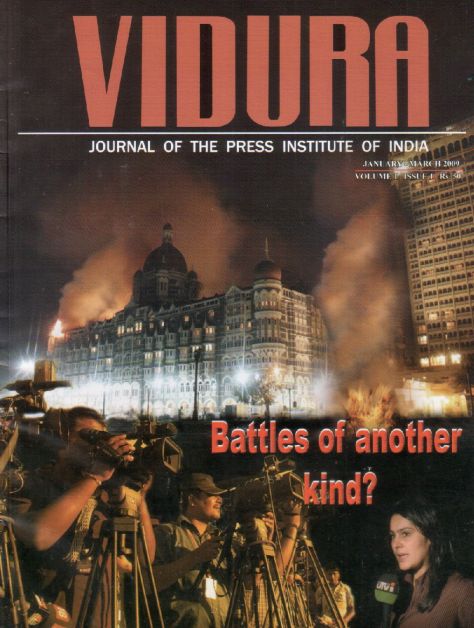Dr TERESA ALBUQUERQUE, a writer from Goa who lives between her homes at Anjuna (Goa) and Santa Cruz (Bombay) happens to be the sister of pioneering ex-editor Frank Moraes and the aunt of accomplished writer Dom Moraes. Incidentally, when we met last at the Literati in Calangute, I mentioned to her the idea from expat journo Eugene Correa
of having a Frank Moraes School of Journalism in Goa.
Born of Goan origin in 1930, at Poona, she was a student of St.Xavier’s College, Bombay, graduated through the University of Bombay in Arts with Honours in English and French, and then in Education, and has a Masters degree in History and Politics as well a Doctorate in History.
As a Fellow of Heras Institute of Indian History and Culture, she was an active member of the Bombay Museum Society, Asiatic Society of Bombay, Church History Association of India, Heras Society and the Bombay Local History Society.
Dr Albuquerque has been a recipient of Mahindra Senior Research Fellowship of Heras Institute, was also awarded a scholarship by Heras Institute to undertake research on the Goans in Kenya.
In her micro-historical studies, she has delved into the colonial past of Bombay and Goa with special emphasis on the “Portuguese impress”. Dr Albuquerque has traveled widely, lectured on the subject both at home and abroad and frequently contributes historical articles to art journals and newspapers.
Books authored by her are:
SANTA CRUZ THAT WAS
(Bombay 1981)
URBS PRIMA IN INDIS : An epoch in the history of Bombay
(Promilla& Co. Publishers, New Delhi, 1986)
TO LOVE IS TO SERVE : Catholics of Bombay
(Heras Institute,Bombay, 1986)
ANJUNA: Profile of a village in Goa
(Promilla &Co. Publishers, New Delhi, 1987)
SANTA CRUZ : Profile of a village in Goa
(Fernandes & Co.,Publishers, Goa, 1989)
A LIFE WELL SPENT: Biography of Pascoal de Mello, MBE
(Speedy Printing Centre. Missisauga, Ontario, Canada, 1996)
GOA: THE RACHOL LEGACY
(Wenden Offset Private Ltd., Bombay 1997)
BASSEIN :The Portuguese Interlude
(Wenden Offset Private Ltd., Bombay, 1999)
GOANS OF KENYA
Michael Lobo Publishers, Mumbai 2000)
BACAIM TO VASAI
(Wenden Offset Private Ltd., Mumbai 2001)
Teresa Albuquerque can be contacted via email <teresalbu@gmail.com> In Goa, her telephone number is +91-832-2273676, and they expect to leave for Bombay on July 16, 2008. There, her number is +91-22-26499005
Tags: goa, authors, books, writers









